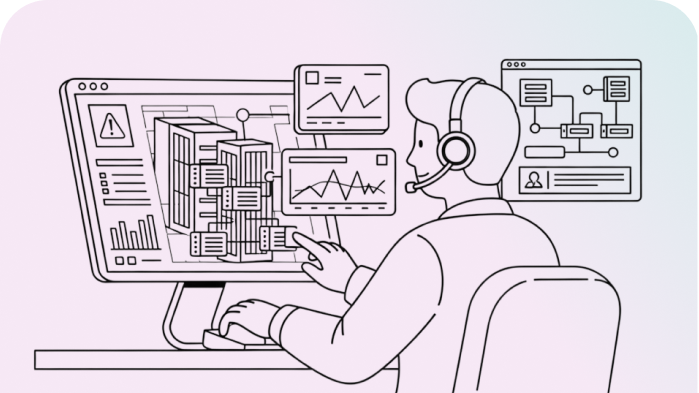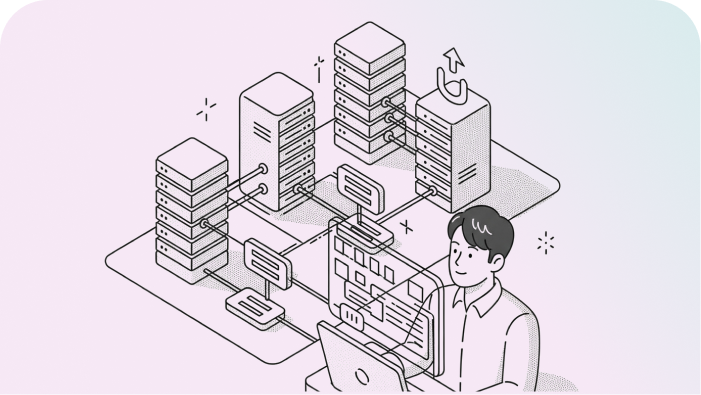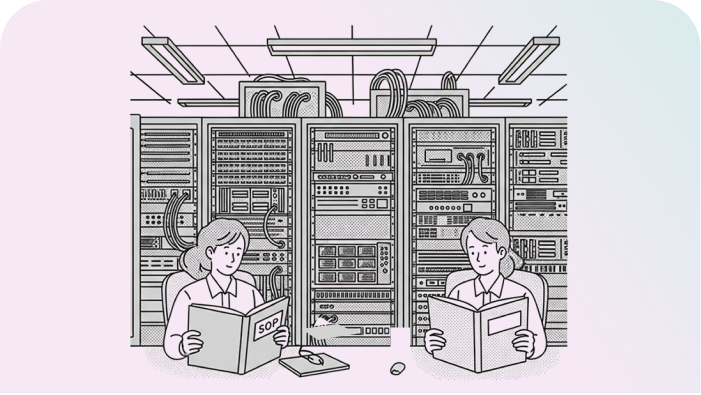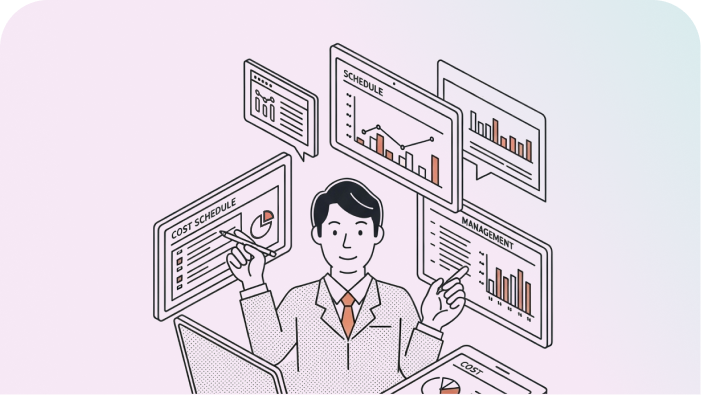The manufacturing industry is undergoing rapid and multifaceted change, making IT integration and digital transformation (DX) no longer an option but a must. As the volume, variety, and complexity of data in both management and production environments continue to grow, data-driven decision-making is becoming increasingly difficult. As a result, the need to visualize the complex web of interrelated data is emerging as a critical priority. Virtual Transformation (VX), which enables production forecasting and optimization through simulations in virtual environments, is emerging as a key solution and has already been implemented across many real-world cases, delivering measurable results in reducing costs and improving productivity. The industry is now entering a new phase where virtual environments are being combined with Generative AI technologies to further boost productivity.
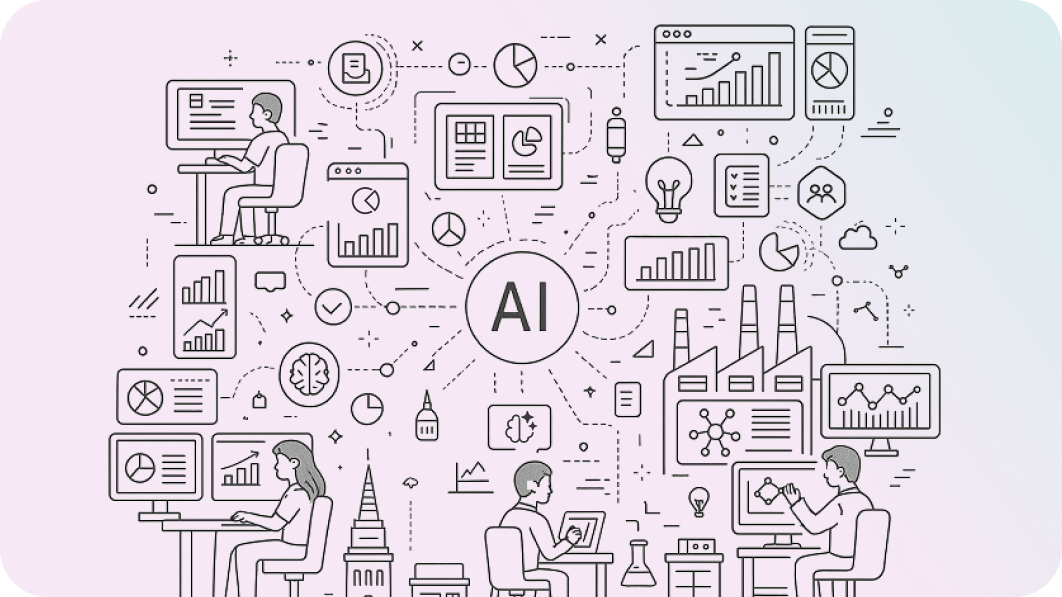
Virtual Factory
Virtual Factory (VF) is a system environment that enables data-driven decision-making and control to optimize operations in real-world manufacturing facilities. It leverages simulation, AI, Big Data, and optimization techniques to determine the best operating conditions. By integrating diverse and complex data sources and related systems, and combining them with spatial data, users are provided with an intuitive view that supports an optimal work environment.
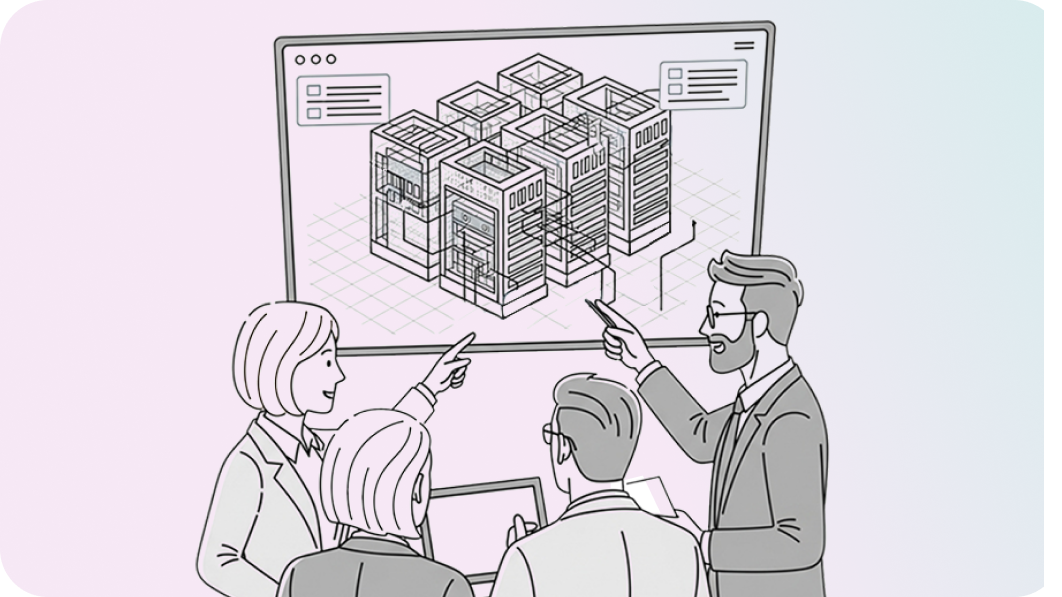
Virtual Transformation
VF and Virtual Transformation (VX) are technologies that virtually replicate manufacturing and production environments to provide visualization and simulation capabilities. They support data collection through various protocols and allow for easy visualization using a wide range of component libraries. They also enable virtual validations and simulations based on user-defined conditions in a virtual environment and provide a web portal service that integrates data modeling and service management.
The Digital Twin for Production and Logistics is currently implemented at global battery manufacturing companies and is expanding into an integrated operational service linked to the entire production system. Designed to meet the needs of production sites that require quick responses to delays, the solution focuses on resolving issues using real-time multi-source data obtained from the field. By combining spatial data with information that was previously understood only as raw data, visibility in the production processes can be greatly enhanced.
The generation and placement of 3D models is automated significantly by reducing system development costs and build time, while seamlessly integrating production, logistics, and process data for intuitive use. It also functions as a communication tool that allows field personnel and engineers to view the same screen in real time, communicate quickly, and identify root causes to quickly solve problems.
To support the efficient operation of high-power data centers such as emerging AI centers, the Virtual Data Center Simulator (VDS) visualizes real-time monitoring data from IT infrastructure and enables intuitive system management. VDS provides simulation tools in data center environments for pre-operational testing, change detection, and incident response. It is especially effective in ensuring consistent operational quality across geographically distributed small data rooms and colocation facilities.
-
If you're new to digital transformation, it may be difficult to know where and how to begin. A common first step is to identify on-site issues or inefficiencies and determine whether digital technologies can be used to address them. Before implementation, it is important to consider the overall data environment, business processes, and user capabilities, and it is not always necessary to start with a full-scale Digital Twin or Virtual Factory. Since the goal of adopting new technology is to solve real problems, a gradual and cost-effective approach is recommended. Start by implementing small, user-friendly features and expand based on actual user feedback to increase usability and adoption on the site. User training is a critical part of internalizing the technology and should be fully supported.
-
The depth of experience and accumulated case-based insights into how employees work allow us to uncover not only visible but also hidden pain points. Even when clients are unsure whether something is truly a pain point, we conduct in-depth interviews based on past experiences and use those insights to analyze their business systems and define future improvement requirements.
From a perspective of managing changes, we define milestones for each system development phase based on pain points identified during interviews, and by applying them from analysis and design phases, users become familiar and comfortable with changes by the time the system goes live.
Traditionally, the development and operation of smart factories were regarded as a part of production support, often seen as one-off tasks such as the auxiliary building work and infrastructure setup. However, as the complexity and scale of industrial infrastructure, such as equipment, electrical systems, and HVAC, continue to grow, smart factory development projects now involve digitalizing the full range of recurring tasks and deliverables, from factory planning and construction to progress tracking, settlement, and operational handover, all while incorporating energy optimization strategies. EPC TX (Engineering, Procurement, Construction + Digital Transformation + Green Transformation) integrates the workflows of clients, contractors, and partners across all enterprise sites, and includes tools such as CPM (Construction Project Management), which standardizes schedules and cost master data, DMS (Drawing Management System), which combines all construction drawings with project information including 3D BIM (Building Information Modeling), and monitoring systems for utility and energy optimization.
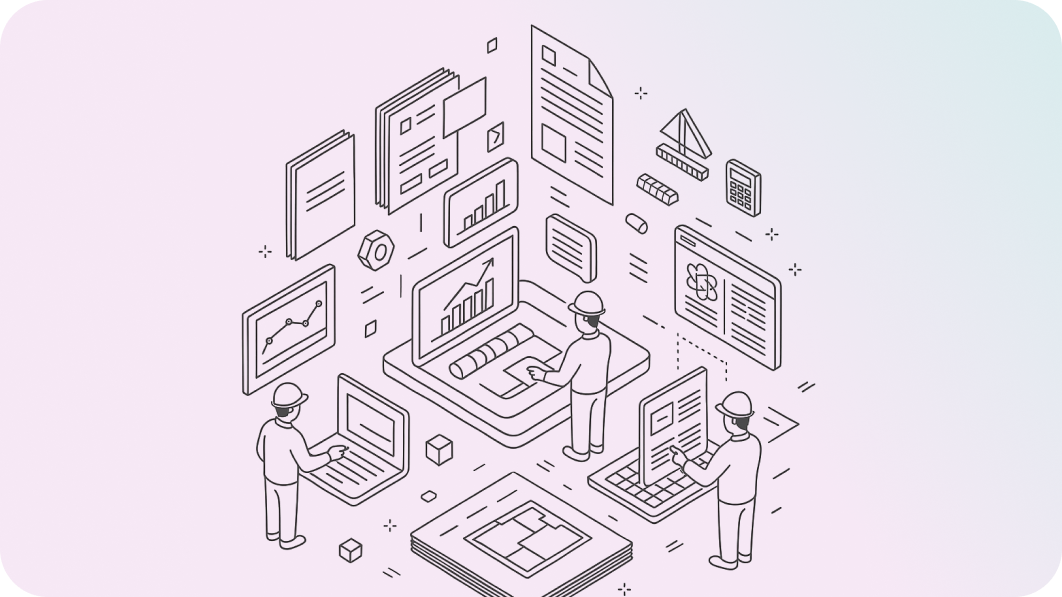
DX for Construction Project Management
Smart factory projects, including new builds, expansions, and renovations, require a digital system that manages the entire construction workflow from planning and contracting to construction, progress tracking, settlement, and operational handover. In the past, transmittals and official documents were handled in paper form, these have now become digitized to manage various project files, such as drawings and estimates, using unique digital tracking numbers. Construction Project Management (CPM) uses standardized master data, including Cost Breakdown Structures (CBS) and Work Breakdown Structures (WBS) defined by the client to ensure consistent deliverables. This is supported by a dedicated partner portal that links to the client’s CPM system and integrates with ERP and procurement systems, connecting construction performance with enterprise management data.
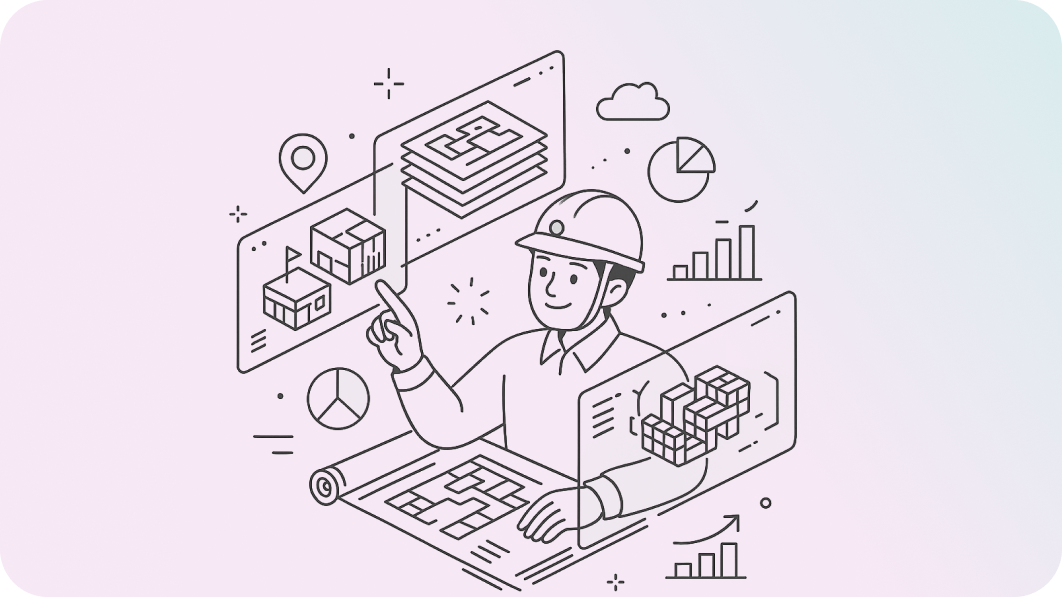
Enterprise-wide Construction Drawing Management
Traditional project-based drawing management methods have shown limitations when maintaining and managing as-built drawings after they are handed over to the operations phase. The Drawing Management System (DMS) strengthens the connection between construction, operations, and maintenance by building drawing classification master data during the project phase that reflect how drawings are grouped and managed by physical zones during the operations phase. It also provides an integrated environment for managing advanced 3D BIM and lightweight viewers, enabling smoother design collaboration and consistency across construction documentation.
CPM standardizes construction management data and deliverables across all domestic and global sites by inking construction master data, including cost breakdown structures (CBS), work breakdown structures (WBS), and zone-based classifications with ERP and procurement information. Its linking capabilities between ERP cost codes and project codes maximize visibility in the workflow structure across business management, construction management, and procurement teams. The 3D BIM-based drawing management system is connected to project codes and is designed to consolidate the object-based construction BOM (Building Object Model) data within the hierarchical structure of enterprise resource planning (ERP) systems. Use LG CNS CPM to effectively control and manage enterprise-wide construction projects, both domestically and internationally, that involve large-scale investments.
-
For large-scale factories, where continuous new construction and expansion are involved, it is most critical to integrate construction item details with drawing management. Predefining a structure of master data tailored to manufacturing and infrastructure environments is essential for managing projects efficiently at both the enterprise and facility (zone) levels. This structure enables consistency throughout project planning, execution, deliverable creation, and operational handover, while also contributing to the long term assetization of construction data.
-
Contractors and partners often create estimates, drawings, and other documents in different formats depending on the client’s project requirements. These non-standard formats make it difficult to ensure consistency and data connectivity across projects. CPM, as a client-centered construction project management system, provides a dedicated partner portal that helps collaborators create deliverables using standardized templates and shared master data standards. This allows for estimates, drawings, and other deliverables to be managed using standardized document codes and formats, while applying a unified authoring guide ensuring consistency and reusability across enterprise-wide projects. Standardized deliverables can also serve as reference assets for future projects, contributing to long-term continuity and quality in construction management.


